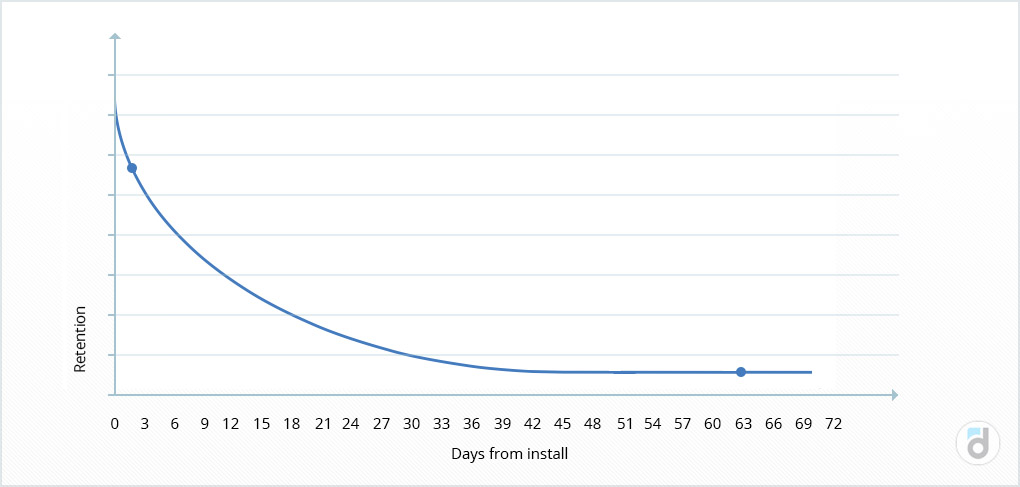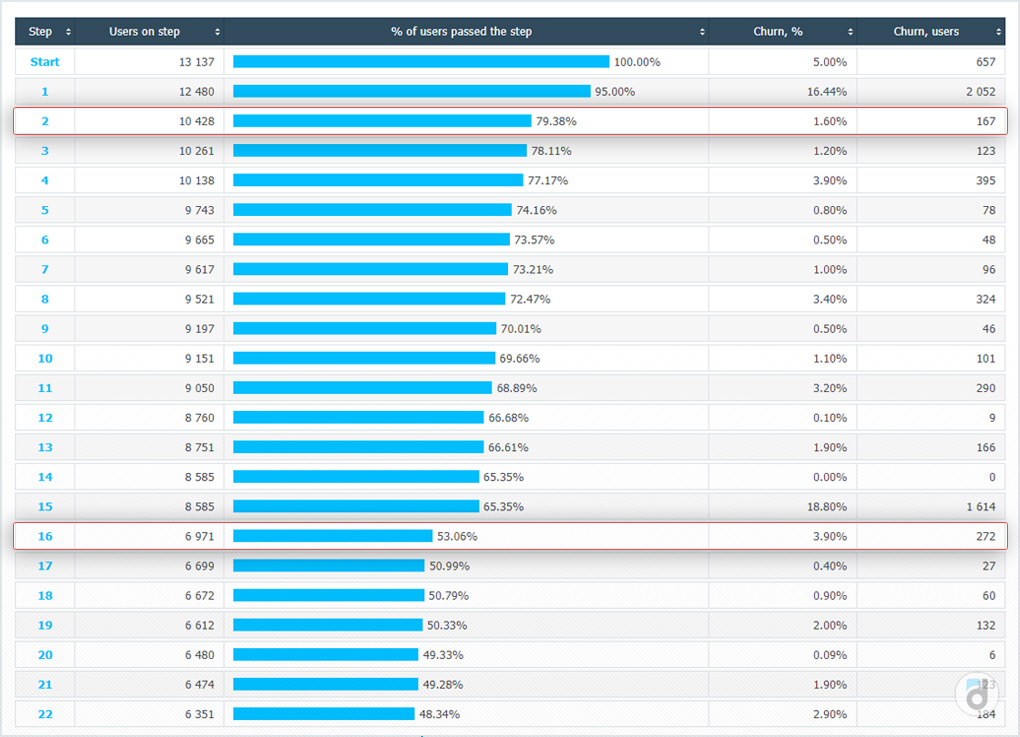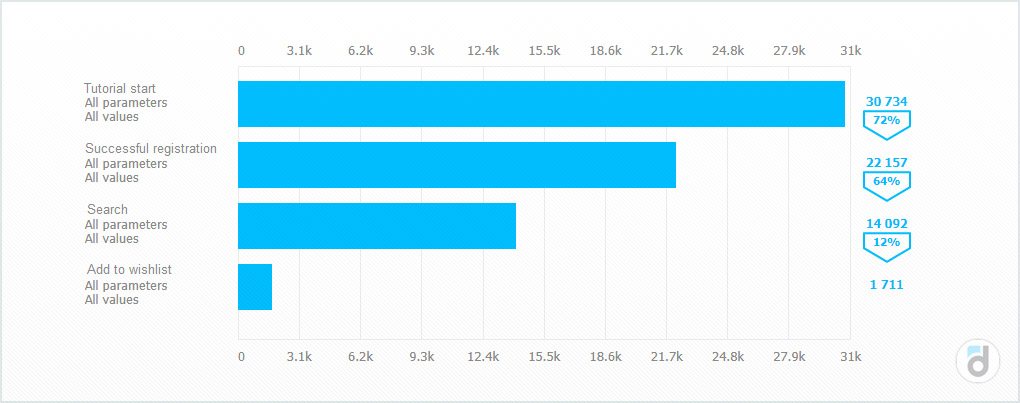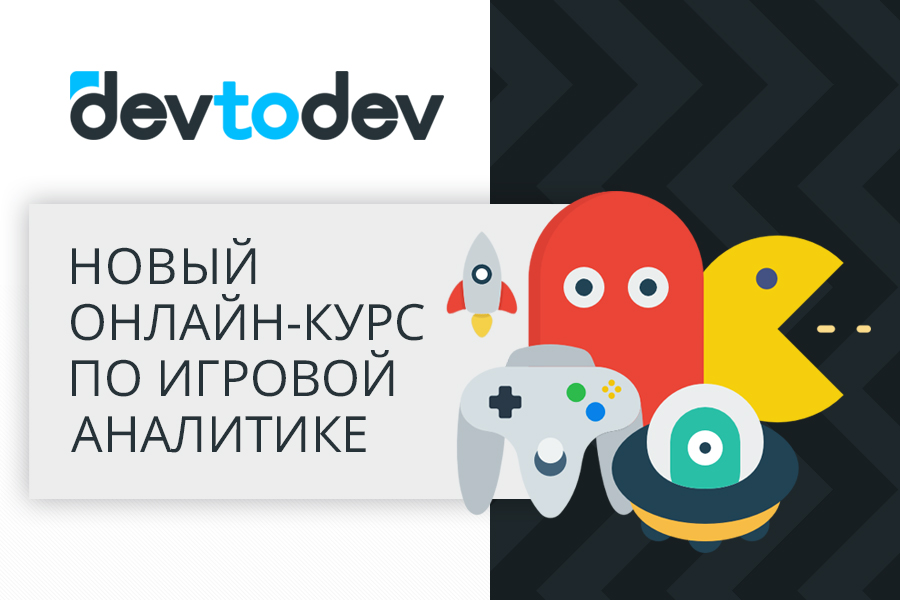The first session is the most important for any game and for any application. It is within its framework that the answer to the question is formed: is it worth it? What is important to remember when working on the first session, – says devtodev analyst Vera Karpova in a new article in our series of materials “Performance indicators of games”.
The publication is published as part of a series of materials about game metrics from App2Top.ru and devtodev. Articles are divided by seasons, each of which is dedicated to a specific topic. The second season is called “Users”. In it, we talk about those business metrics that reflect the effectiveness of the application in terms of working with the audience.

Vera KarpovaYou won’t have a second chance to make a first impression.
Coco Chanel
The first impression of the app may be enough to make a decision about whether to continue using it.
Therefore, the task of the developer is to make the first session as simple and understandable as possible, to convey the essence of the product within its framework, to interest so that you want to study the functionality further on your own.
How to do it? This is what we will talk about in this article.
The experience and impressions that the user receives during his first session in the application are called by one abbreviation FTUE – first time user experience. This is a complex indicator that requires a thorough analysis of the various stages of the user path.
First of all, it is worth paying attention to the Retention of the 0th and 1st days.
Retention 0 is the percentage of users who logged into the app a second time 0-24 hours after the first visit. These are just those who became interested and decided to continue studying the application, and already in the first hours after the first launch.
Retention of the 1st day is the percentage of users who logged into the app the next day.
The largest outflow of users occurs just on the first day. This is the first bottleneck that is worth working on, since the retention of the first day largely depends on the retention of subsequent days, which means both the size of the audience and the income that it will bring.
The statistics of the tutorial passage can help in analyzing the outflow in the first days. This is the first thing a user usually encounters in an application. This is the stage at which you should never lose users, because they haven’t even reached the application itself yet, haven’t tried to do something in it on their own.
Fortunately, the tutorial is quite simple to analyze. If a dump is found somewhere, then it can be quickly corrected, thereby saving users at the very beginning of their journey.
For example, you can integrate up to 120 tutorial steps into devtodev to evaluate each stage in detail.
It is important that during the first session the user reaches the completion of a valuable target event – the main functionality of the application. Sometimes this is called aha-the moment when the user performed an action in the product that is likely to save it in the project.
For example, for Slack it is 2000 sent messages, for Dropbox it is a downloaded file, and for a game project it can be a player’s understanding of the game cycle and passing N levels, and, for example, Zynga considers the user’s return the next day to be such a moment in its products
The Aha moment indicates that the user has figured out the essence of the application, which increases the likelihood of his return.
In other words, during the first session, the user should understand why he should return to this application. If during the first session he does not sort out the product, then it is unlikely that he will make another attempt. So during this time you need to show him the essence of the product.
To do this, you need to take the user to perform this action in the shortest possible way. Funnels built for new users will help here.
You can also study what actions are performed during the first session by users who returned to the application the next day or even made a payment, and then try to guide new users in the same way.
By the way, in a similar way, you can explore FTPUE (first time paying users experience) – the first session with a payment to understand what makes a user buy something: what actions he performs before going to the store and making a purchase, how he behaves in the store itself, is it easy for him to make a choice which product he buys and how much time passes before the first payment is made.
How can I improve FTUE and force the user to return to the project again:
1. First of all, it is worth testing the application well and fixing all the bugs that can spoil the user’s impression of the product, because if the “old” loyal user tolerates them or writes to support, then the new one is likely to get a negative impression.
2. During the first session, the user must understand the key functions of the product, so navigation in the application should be well thought out so that the user understands where he is going and why.
3. It is desirable that nothing distracts the user from the path to the goal in the application. It is necessary, where possible, to transfer registration from the first launch to subsequent stages or to open the functionality gradually.
4. Leading the user to the basic functionality, it is worth focusing on advantages over competitors.
5. If the main content of the application is paid, then it is worth adding a demo or some examples demonstrating the functionality so that the user understands what he has to pay for
It depends on the first session of users and what they will encounter during it: whether people will stay in the project, whether they will tell friends about it, how much and how quickly they will eventually pay. When optimizing the first session, you can increase both the retention of the zero/first day and the retention of subsequent days. Therefore, it is at this moment that it is worth paying the most attention to users – to help them understand the product, show the main functionality, advantages, hook and thereby keep in the project, leaving a positive first impression.
Read also materials about other metrics:
- Learning to work with the consumer basket (another way to improve monetization)Segmentation of paying players
- Lifetime
- Stickiness
- Conversion Funnel
- Outflow of users
- Total daily play time
- Average session duration
- Social LTV
- Downloads
- Active Users (DAU/WAU/MAU)
- K-factor (virality)
- Loyalty
- The first season of “Performance Indicators of games” has ended




